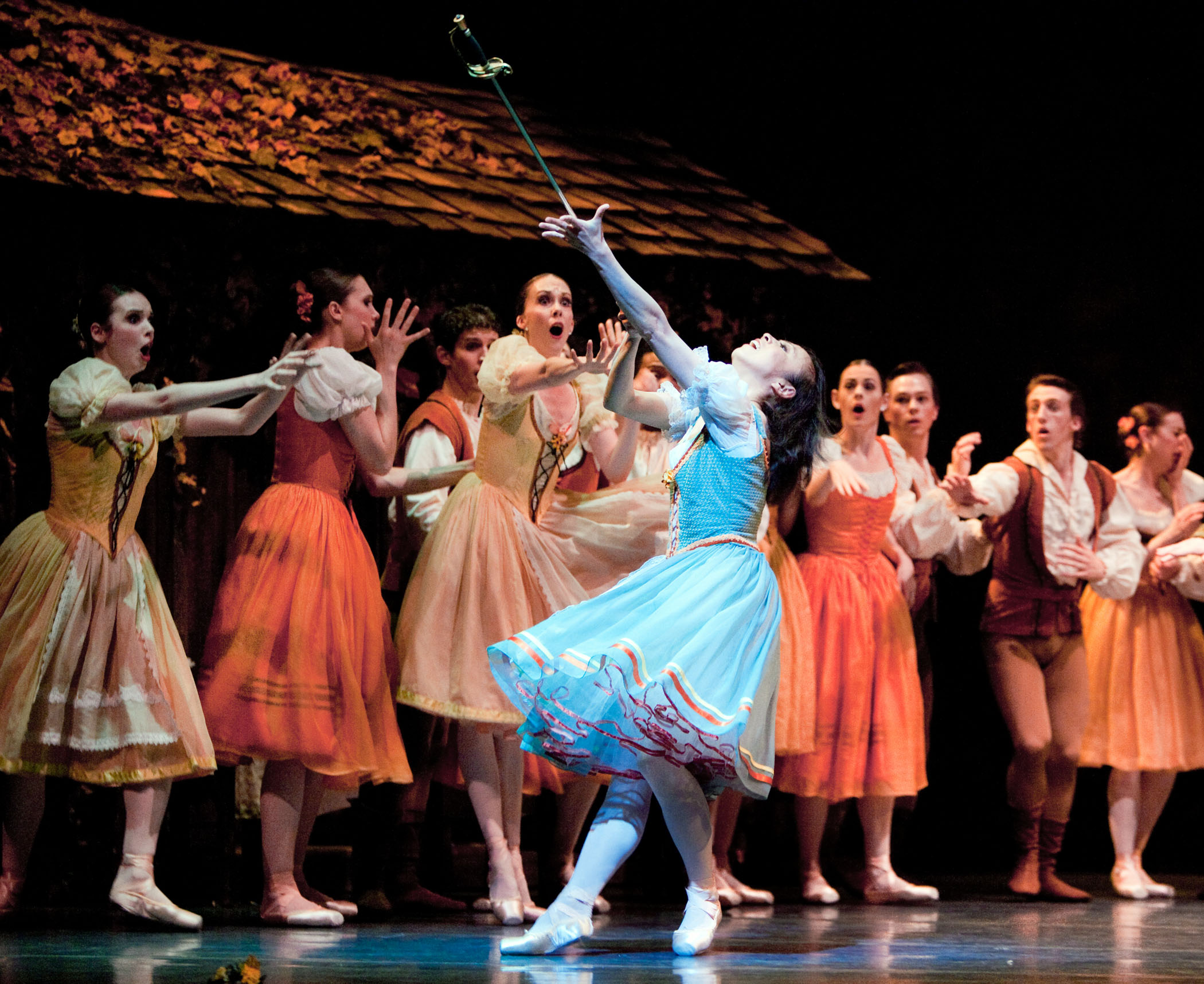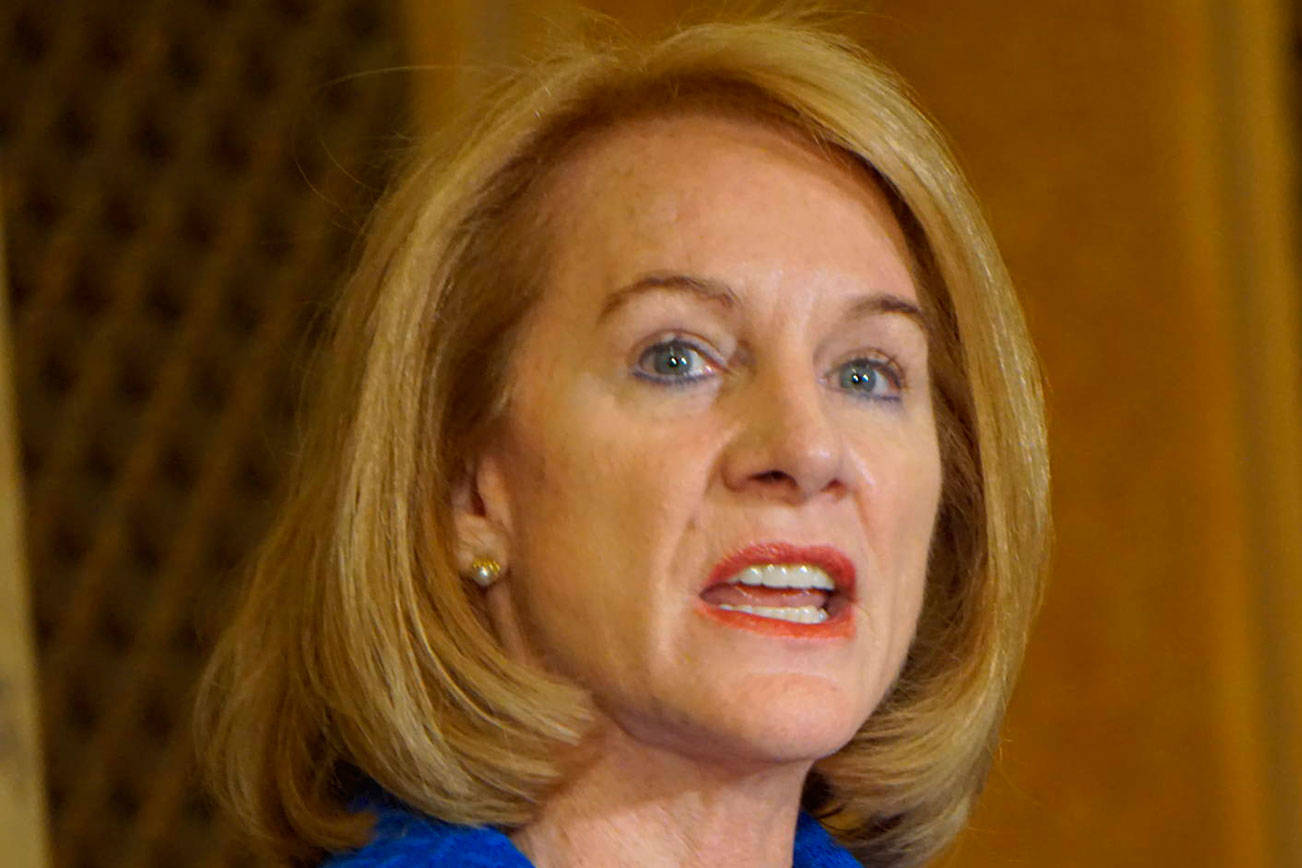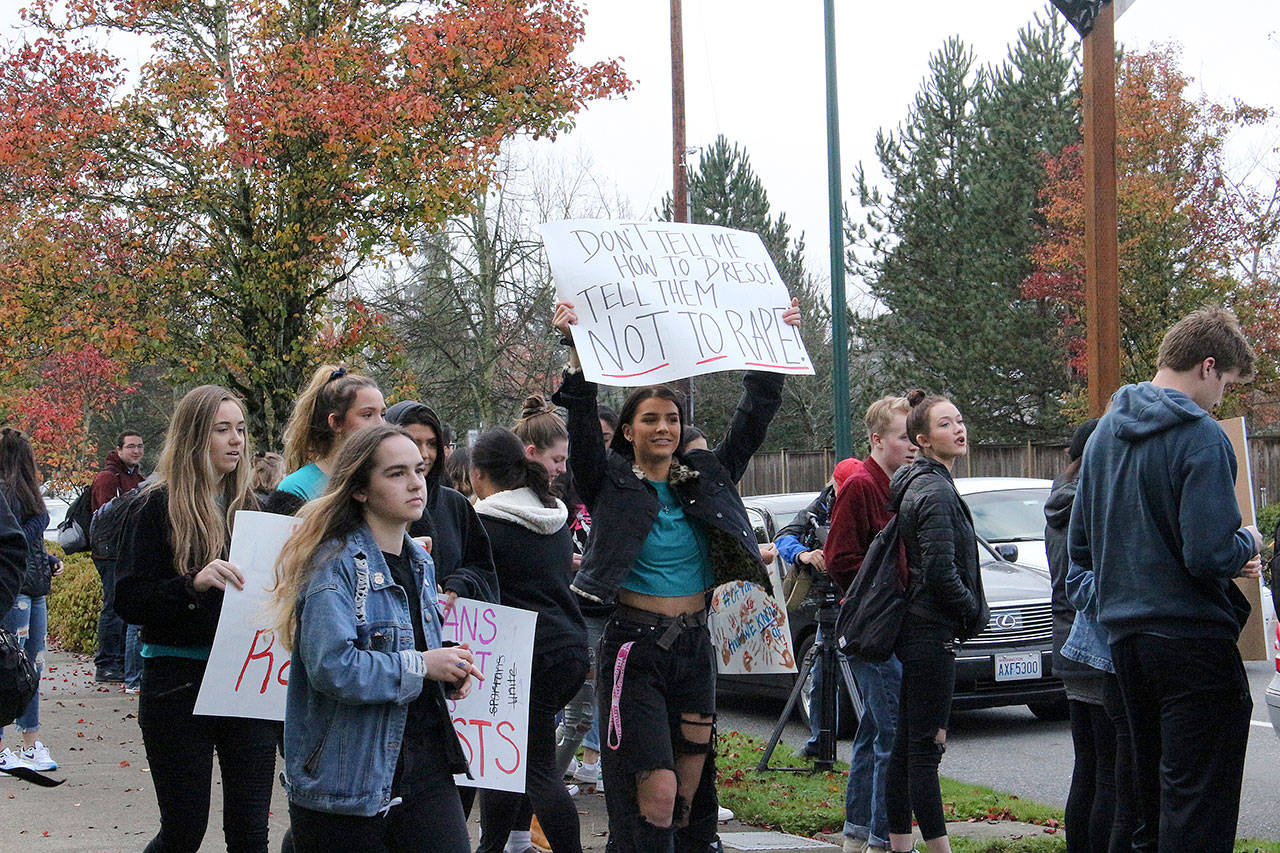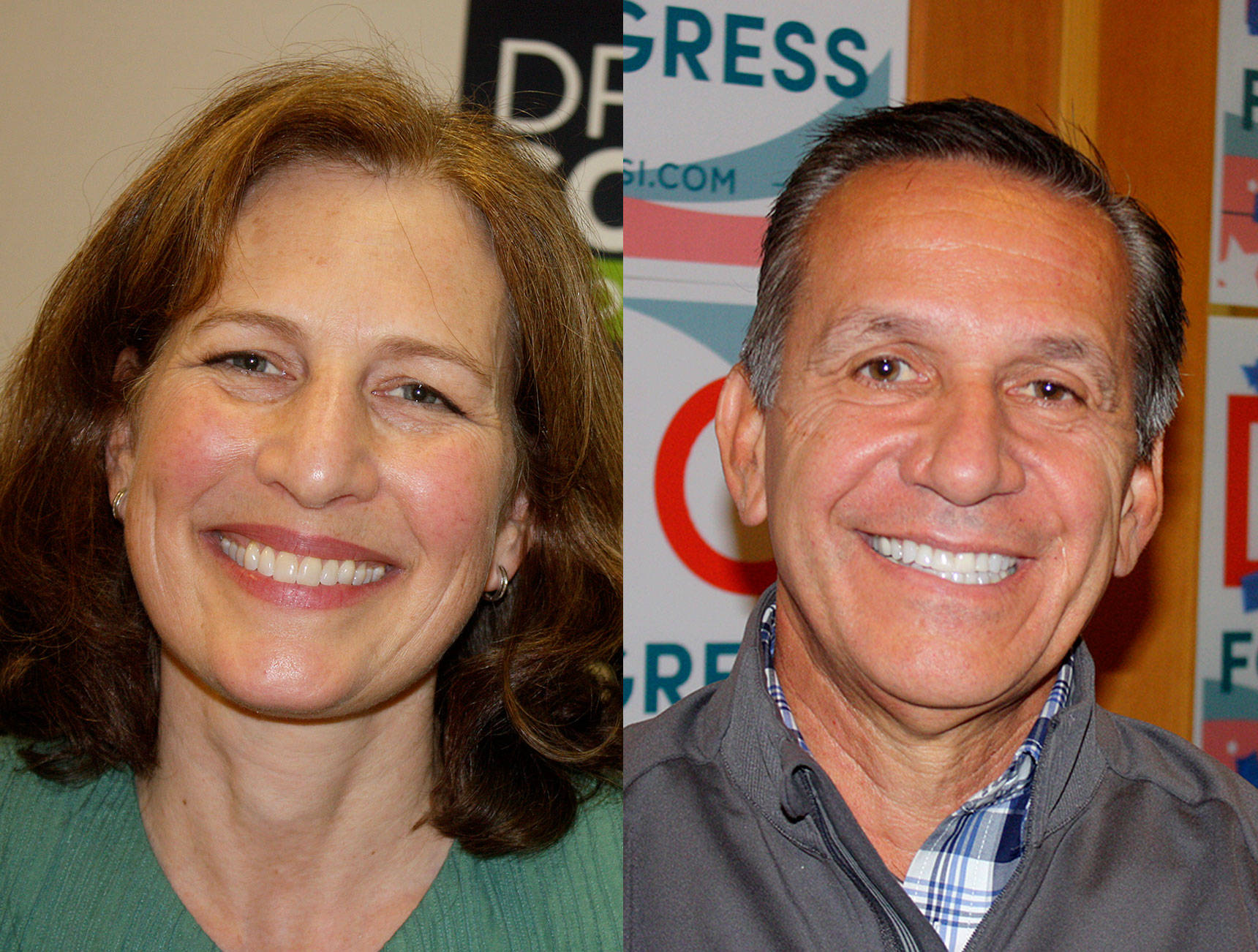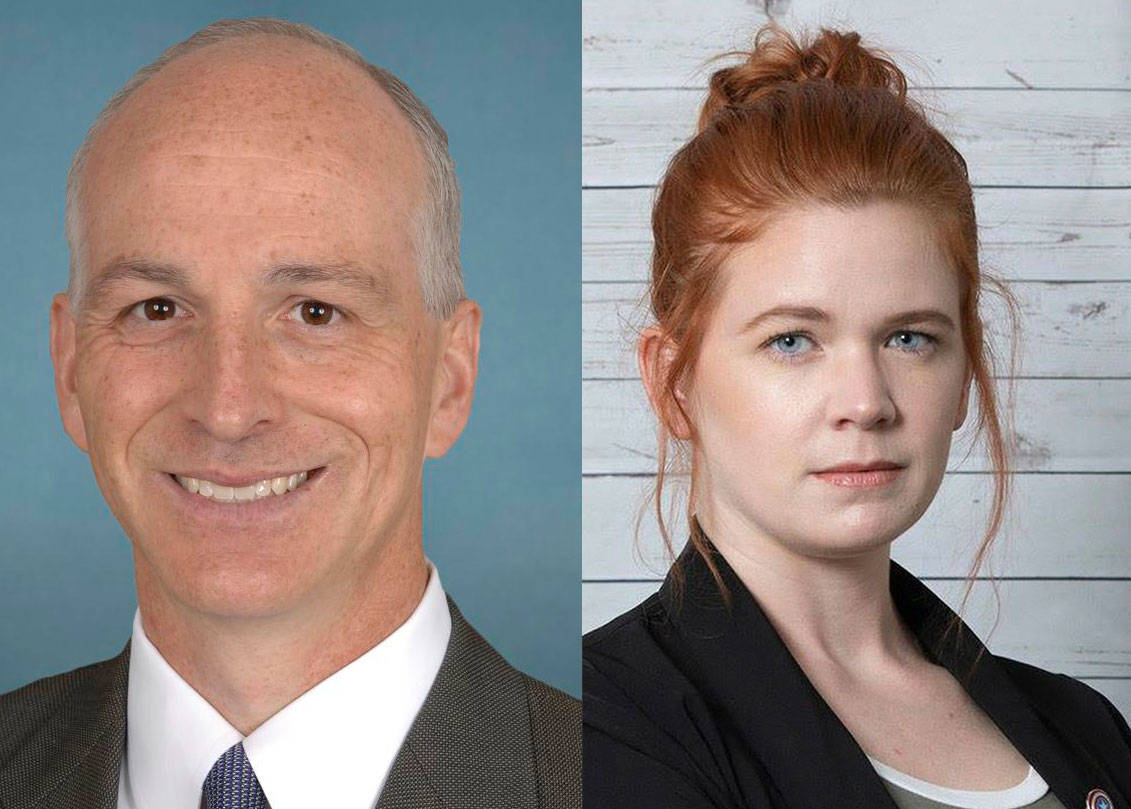Wednesday, May 28
Evan Osnos
Covering China for The New Yorker is a plum beat. Osnos spent five years reporting there, a depth of experience that informs Age of Ambition: Chasing Fortune, Truth, and Faith in the New China (Farrar, Straus & Giroux, $27). The booming country is, to put it mildly, full of news: cozening up to Russia recently for natural gas; hacking into U.S. businesses to steal trade secrets; and producing seemingly all of our electronics and consumer goods. What is China importing from us? Our culture. As Osnos noted recently, while political protests are taboo, there was an unlikely outcry last month when the TV show The Big Bang Theory—hugely popular online—was banned for “content that violates China’s constitution, endangers the country’s sovereignty and territorial integrity, provokes troubles in society, promotes illegal religion and triggers ethnic hatred,” per the Chinese government. The pronouncement was mocked online, Osnos reports, by precisely the kind of brainy, Web-savvy youth that both countries depend on, a kindred transnational class of knowledge workers. And on that side of the Pacific, as Age of Ambition relates, a young generation of Internet-connected urban Chinese is growing discontented with what Osnos calls a new Gilded Age. Corruption, income inequality, and pollution are far worse than we have it here. And soon they may begin protesting more than cancelled TV shows. Seattle Asian Art Museum, 1400 E. Prospect St. (Volunteer Park), 654-3100, seattleartmuseum.org. Free. 7
p.m.
BRIAN MILLER
Thursday, May 29
Pat Graney Company
Pat Graney is best known for her big, metaphor-rich dance-theater works, the fruit of a long creative process, but she does still pop up with pure movement dances, with Orange the latest example. She’s taken a set of classroom phrases from Jody Kuehner and turned them inside-out, using her postmodern tool kit. This time out she’s sharing the evening with a handful of other dancemakers, including Shannon Stewart, Jenny Peterson, Kaitlin McCarthy, and Amelia Reeber. Velocity Dance Center,
1621 12th Ave., 351-3238, velocitydancecenter.org. $12–$15. 7 & 9 p.m. (Repeats Fri.)
SANDRA KURTZ
Friday, May 30
Giselle
Generally, Pacific Northwest Ballet’s Peter Boal chooses repertory with an eye to new developments in the art form, but when he looks backwards, he looks all the way—the company’s production of the 19th-century classic Giselle draws from multiple original sources to create as authentic a performance as a 21st-century company can manage. This year they’re adding new sets and costumes by Jerome Kaplan, also drawn from the original period, so that Albrecht, the noble cad, is dressed as a dandy from the 1830s. These new designs, in a vintage style, add another layer of resonance to a beautiful production. (Through June 8.) McCaw Hall, 321 Mercer St. (Seattle Center), 441-2424, pnb.org. $28–$184. 7:30 p.m. Fri., May 30.
SANDRA KURTZ
The Price
First performed in 1968, this Arthur Miller drama may not have the stature of his famous earlier works, though it proved his biggest Broadway hit since Death of a Salesman. The Price is, most simply, a play about patrimony: Two long-estranged adult brothers argue about the wrecking-ball-bound brownstone—and its possibly valuable furniture—once owned by their late father. One brother (Charles Leggett) is a humble cop, the other (Peter Lohnes) a prosperous surgeon. Then there’s an elderly, wily antiques dealer (Peter Silbert) who tries to moderate their rivalries and resentments—all with an eye toward making a deal, of course. At 53, the playwright knew something about rising and plummeting fortunes. His affluent family was wiped out by the Crash of ’29, just like the Franz family here. During his titanic career, Miller experienced both highs (Salesman, Marilyn) and lows (Marilyn, The Misfits). Loss is a subject in all his plays. In an essay written three decades after The Price’s premiere, Miller said he created the play in response both to absurdist theater and the absurd carnage of Vietnam. “Reason itself had become unaesthetic, something art must at any cost avoid,” he wrote. “The Price grew out of a need to reconfirm the power of the past, the seedbed of current reality, and the way to possibly reaffirm cause and effect in an insane world.” In other words, it’s not just a play about furniture. (Previews begin tonight; opens June 5; runs through June 22.) ACT Theatre, 600 University St., 292-7676, acttheatre.org. $44 and up. 8 p.m.
BRIAN MILLER
Seattle Butoh Festival
The stereotype of butoh includes naked bodies dusted with rice flour performing tiny increments of movement with incredible intensity. And sometimes this is true. But sometimes it’s not. The Seattle Butoh Festival presents as many different iterations of the genre as there are dancers involved in the performances, coming from multiple countries and backgrounds and bringing a wide variety of experience. The commonality is their fidelity to the deeply personal nature of the art form and its kinetic expression of humanity. Taoist Studies Institute, 225 N. 70th St., 729-2054, daipanbutoh.com. $12–$15. 7:30 p.m. (Repeats Sat.)
SANDRA KURTZ
Monday, June 2
Geoff Dyer
After Alain de Botton wrote a book in an airport (a two-week residency, not a layover), he decided to start a series of similarly reported stays in unlikely locations. So he asked English writer Dyer, now based in California, where he’d like to fill his notebooks. On an aircraft carrier, said Dyer, never thinking he’d get the gig. He did, and the unlikely result is Another Great Day at Sea (Pantheon, $24.95). I say unlikely, because Dyer’s a somewhat louche, digressive stylist who tends to follow private obsessions like D.H. Lawrence, Burning Man, or the movie Stalker. There would be no drugs aboard the USS George H.W. Bush, no sex, no alcohol, no disrespecting his hosts. Yet surprisingly they agreed to accommodate Dyer in what’s essentially a floating city of 5,000 men and women. It’s a distillation of American values, finds Dyer: racially mixed but conservative; tattooed kids barely out of high school ruled by buzz-cut men in their 40s; a strict hierarchy of class and protocol (officers over enlisted sailors) that nonetheless insists on mutual politeness and respect. Though he complains about the food and marvels at the noise (jets crashing down to the flight deck overhead, tail-hooks clawing at lethal cables), Dyer finds himself in a kind of enforced, regimented utopia, not so far from Burning Man after all. When he quizzes a fighter jock about flying his multimillion-dollar weapon, the pilot speaks of night sorties where “it’s like flying through space. You see stars that you never though you’d see before.” Dyer compares him to Saint-Exupery, living in “a realm of poetry accessible only to those whose world-view is based on technology” and having “the kind of transcendent experience craved by mystics, shamans, seekers, and acidheads.” Seattle Central Library, 1000 Fourth Ave., 386-4636, spl.org. Free. 7 p.m.
BRIAN MILLER
Tuesday, June 3
Dan Barber
The executive chef at Manhattan’s award-winning Blue Hill restaurant, Barber has written what’s quite possibly the most revolutionary book on agriculture, cooking, and eating to date: The Third Plate: Field Notes on the Future of Food (Penguin, $29.95). While Blue Hill was one of the first restaurants labeled “farm-to-table,” Barber now challenges that term and the philosophy behind it, concluding that our seemingly improved way of eating actually contributes to our broken food system. Though we have access to fresher, healthier, more locally sourced ingredients than ever, Barber asserts that this “cherry-picking” by chefs—and by extension, farmers—creates unsustainability by exerting control over nature rather than “growing nature.” At the core of the problem is the long tradition of a plate that celebrates a large portion of protein and small servings of vegetables and grains. In this enlightening, myth-dispelling tome that will appeal to Michael Pollan fans, Barber presents an entire redesign of the food system, “the third plate,” which calls on chefs and farmers as arbiters of the change. In doing so, he takes us all over the world—including our own backyard in Skagit Valley, where a cutting-edge “closed loop” grain cycle is currently underway—highlighting farmers, foragers, fishermen, seedsmen, scientists, millers, bakers, and anyone who’s dedicated to the radical transformation of our food chain. Town Hall, 1119 Eighth Ave., 652-4255, townhallseattle.org. $5. 7:30 p.m. NICOLE SPRINKLE
